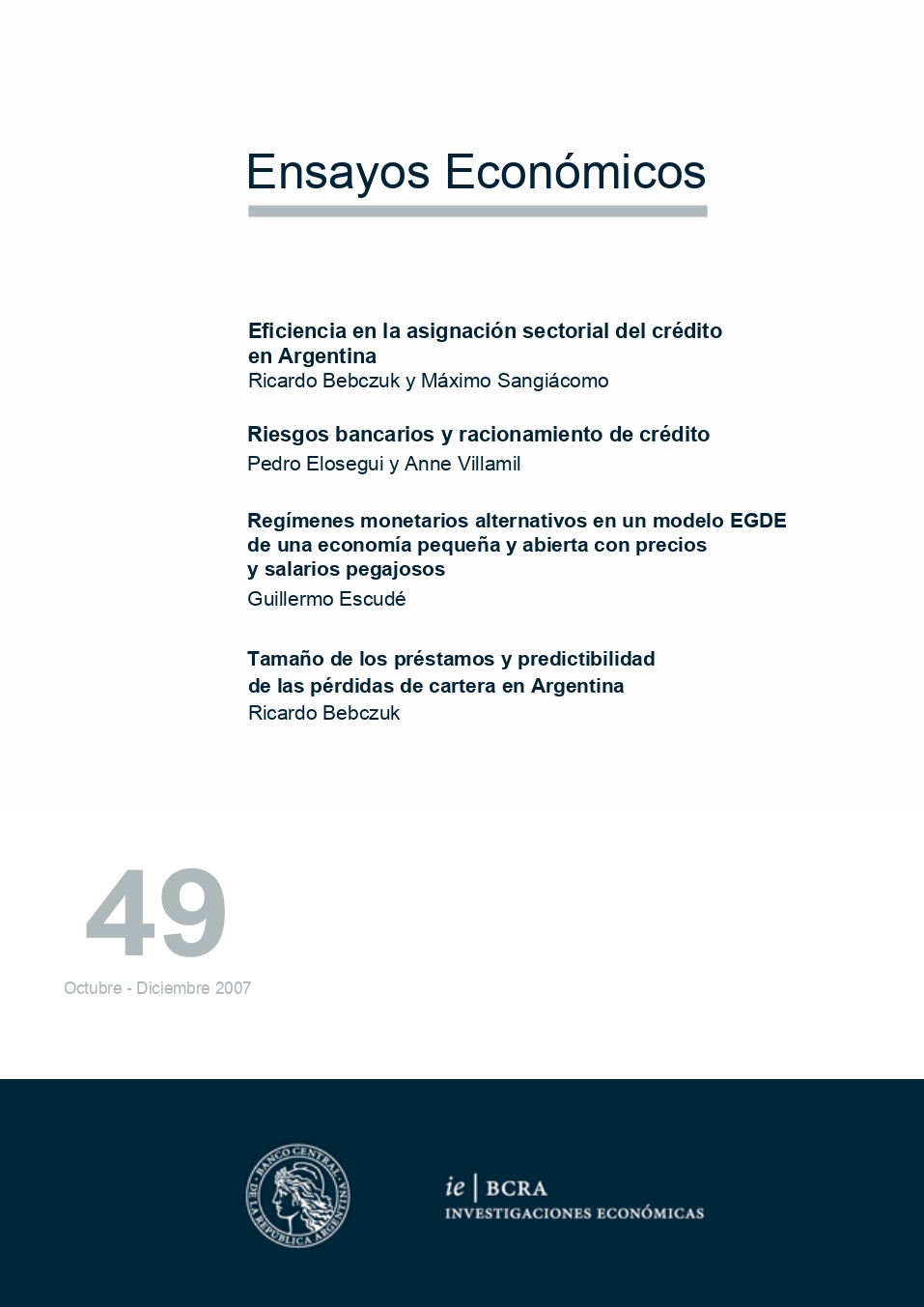Banking risks and credit rationing
Keywords:
Banks, Credit Rationing, Default Risk, Developing Countries, Interest Rate Spreads, Monitoring CostsAbstract
In this article, a bank faces excess demand in the credit market, being able to select applicants through an observable quality measure, and also faces a small but positive probability of going bankrupt. The bank can use two policies to allocate credit: (i) tighten restrictions according to the quality of loan applicants; (ii) limit the number of credits for a given quality. It is shown that the level of bankruptcy risk of the entity itself and other structural conditions have important effects on the market for loanable funds and on the optimal policies of banks (interest rates on loans, deposits and credit quality standards). The structural conditions examined include monitoring costs, returns on alternative investments, companies' minimum financing requirements, and the level of reserve requirements. The model replicates some stylized facts observed in credit markets, especially in developing countries.
JEL classification: G10 ; G32




